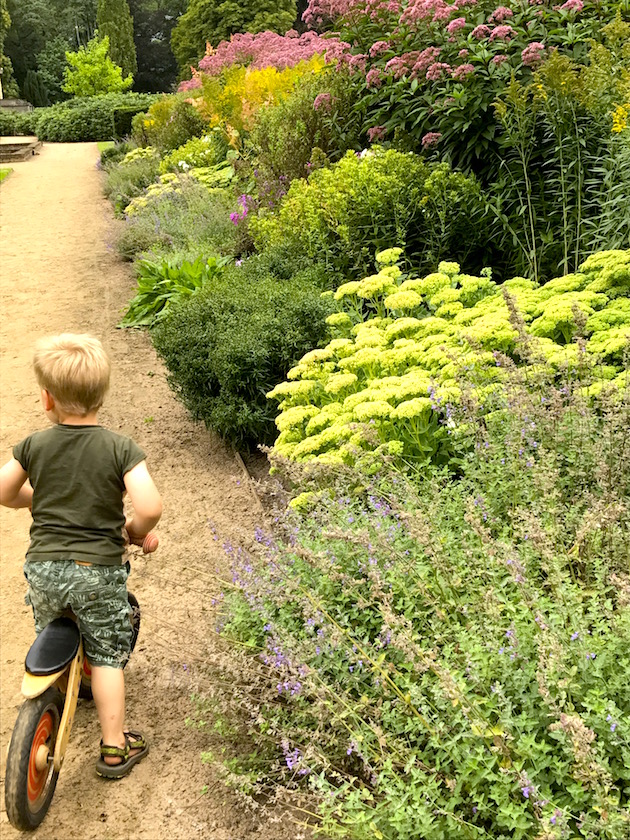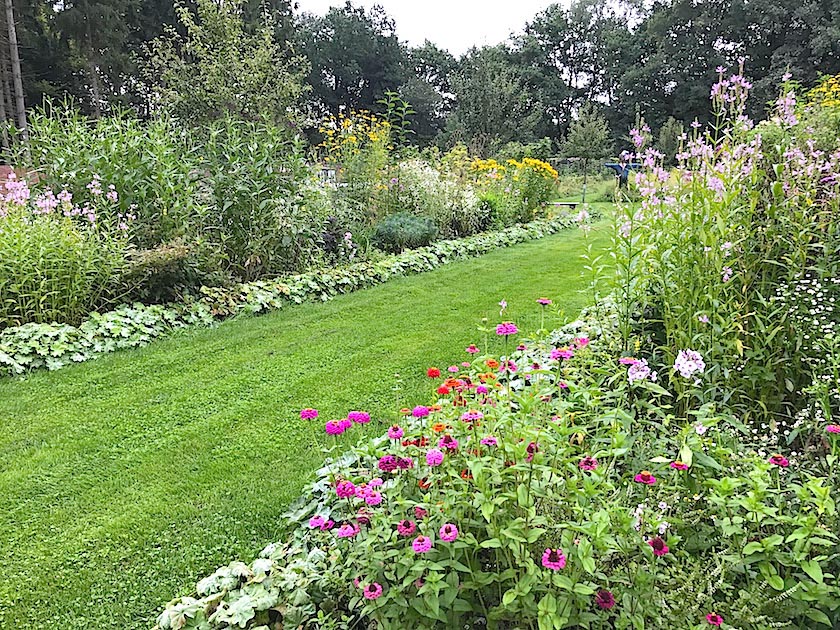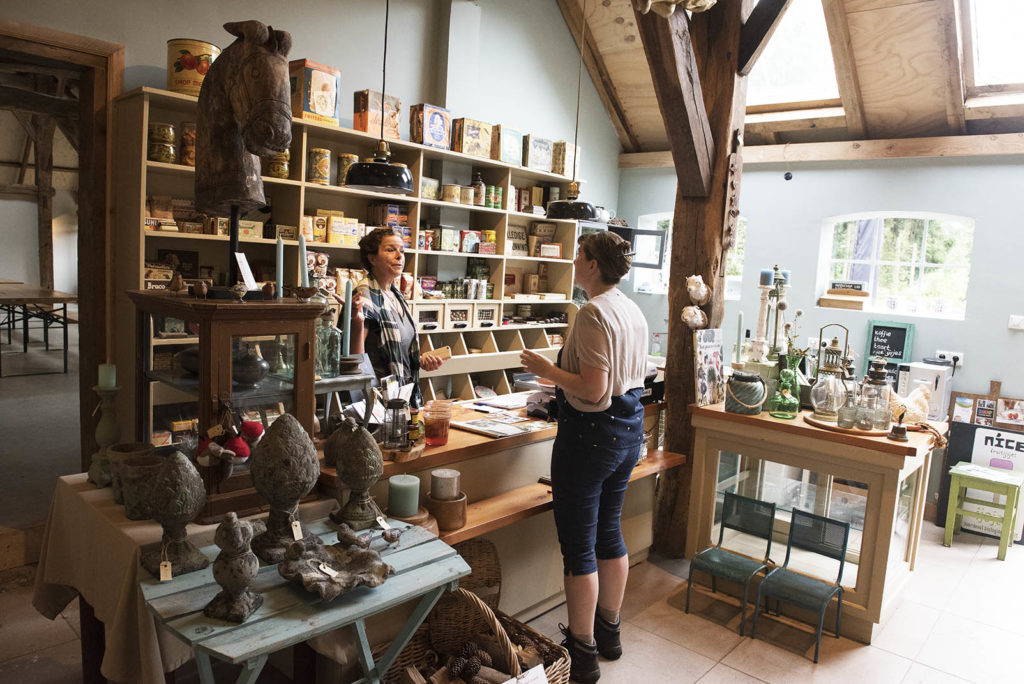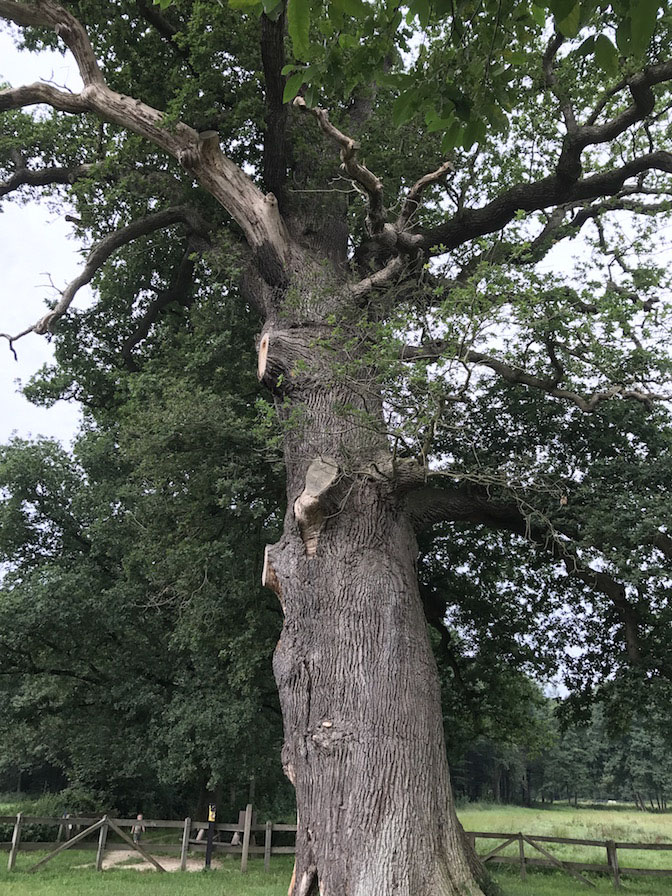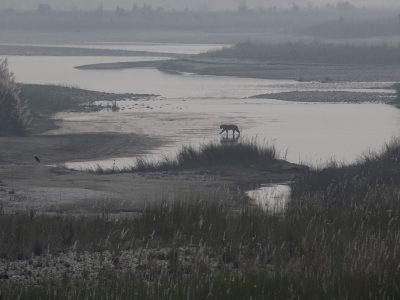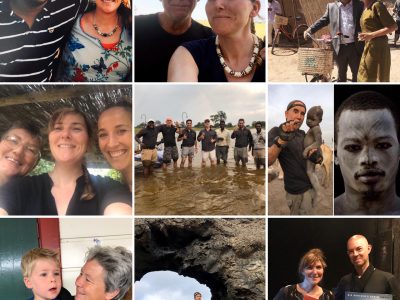The Achterhoek in Gelderland is rich in various nature reserves, castles and estates. Stichting Geldersch Landschap & Kastelen, together with Staatsbosbeheer and Buitenleven Vakanties, takes care of a number of special guesthouses, hidden in the woods where peace and privacy prevail. In the authentic former coach house Verwolde time seems to stand still and you have the estate and all its splendor just for yourself.
Text: Angelique van Os | Photography: Henk Bothof
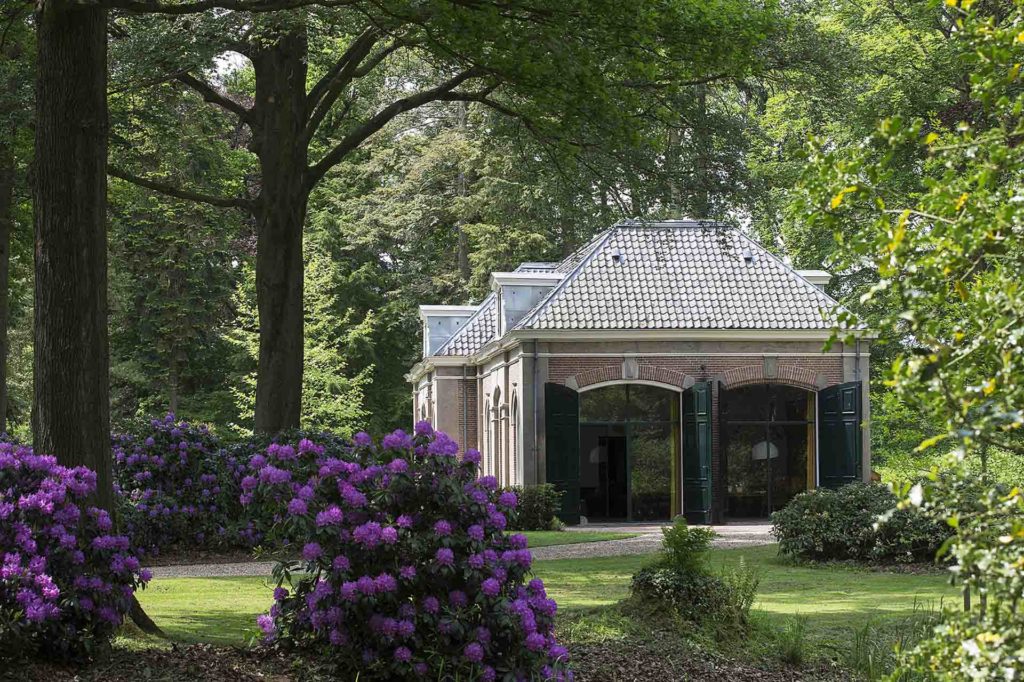
You can wander without getting lost. By bike, walking or on horseback. You don’t even have to go far from the estate and its castle, because Verwolde and the Oranjewoud that lies on the other side of the Markeloseweg, have various equestrian and walking paths that meander through the woods and along surrounding meadows. Herds of horses, cows and sheep adorn the landscape. And when you pass the Moesgaard, at the end of the road you turn right at the T-junction, you are surrounded by meters high corn fields in the summer months show off in the sky. Furthermore, the typical nineteenth-century houses with their recognizable black and yellow shutters are sometimes beautifully tucked away against the lee of the edge of the forest. For a long time there were sixty houses that fell under the estate, but now there are still about fifteen.
Large coach house
In the heart of the estate, which covers approximately 400 hectares, lies the stately country house and castle, which dates back to 1776. A stone’s throw away from it, the beautiful spacious coach house, built in 1890, is completely sheltered by trees and tall shrubs. Since 2016 the Geldersch Landscape and Castles Foundation, Staatsbosbeheer and Buitenleven Vakanties take care of the coach house and it serves as a holiday home. When we close the gate behind us and park the car, a sea of beautiful flowering perch flowers and plants awaits us. The house is surrounded by greenery and behind the house you have a ‘mini-forest’ with wide views for you alone. Inside it’s just as much of a party, because in the large living kitchen the old hay racks, water tanks and stable gates have been preserved and incorporated into the modern, sleek design. The impressive dining table with room for up to twelve people, invites you to dine extensively and play games in bad weather. It forms a tasteful, individualistic whole. Through the corridor we reach the other side of the house, where the living room is located. Also so grand, with several seating areas of classic interior. Here is missing a little coziness because the furniture in terms of size actually some disappear into the room. The wood stove makes a lot of good, the worn bridles on the wall revive old times and the garden doors bring the forest inside.
The three bedrooms on the upper floor occupy the entire coach house, so there is plenty of space, which is also very pleasant with mobile children. The double rooms each have their own (bulk) shower and toilet, and the master bedroom even has a seductive separate white bath. When you throw open the bathroom window in the morning, you will hear nothing but birdsong and the swing of the trees. For lovers there is also a sauna with separate shower available on the landing.

The old horse stable now serves as a modern living kitchen. 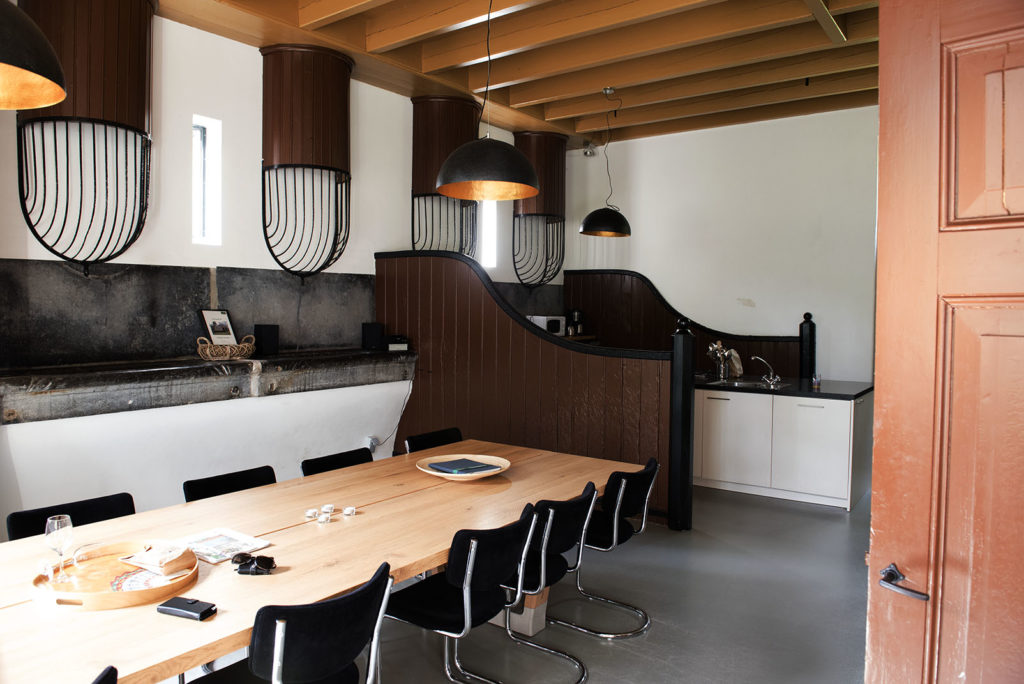
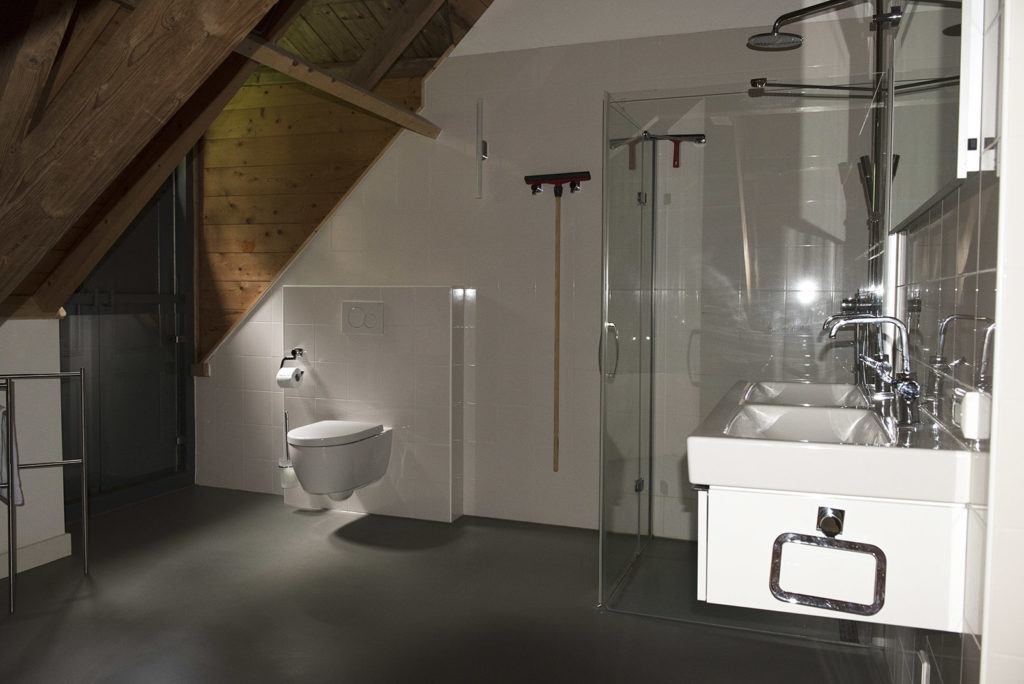
Upstairs it is spacious, with two bathrooms. 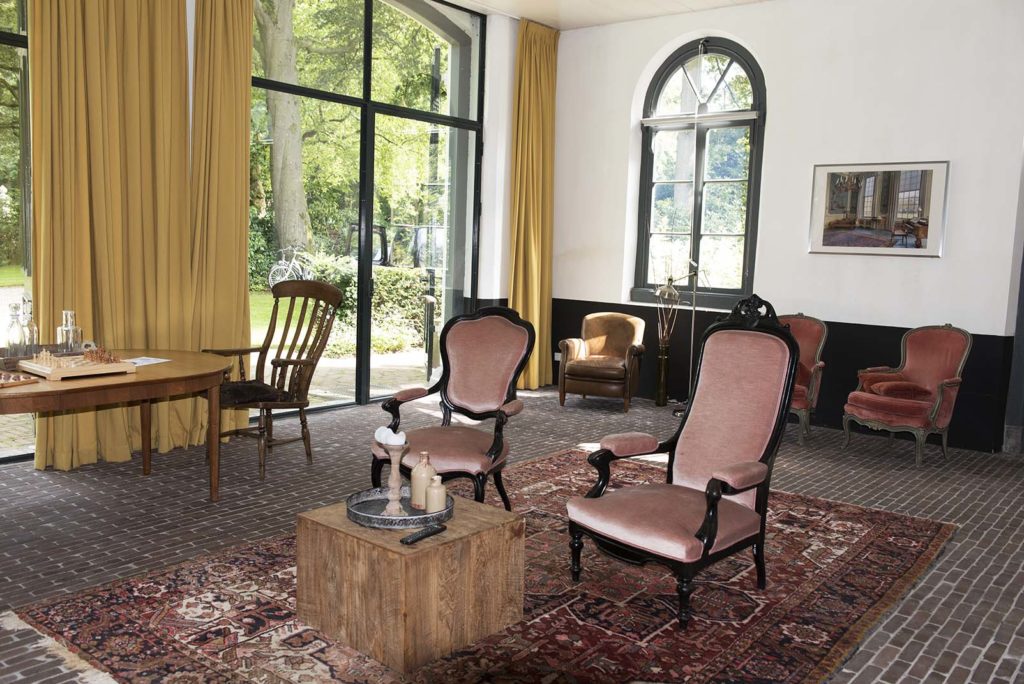
The living room is bright and spacious and surrounded by the green forest. 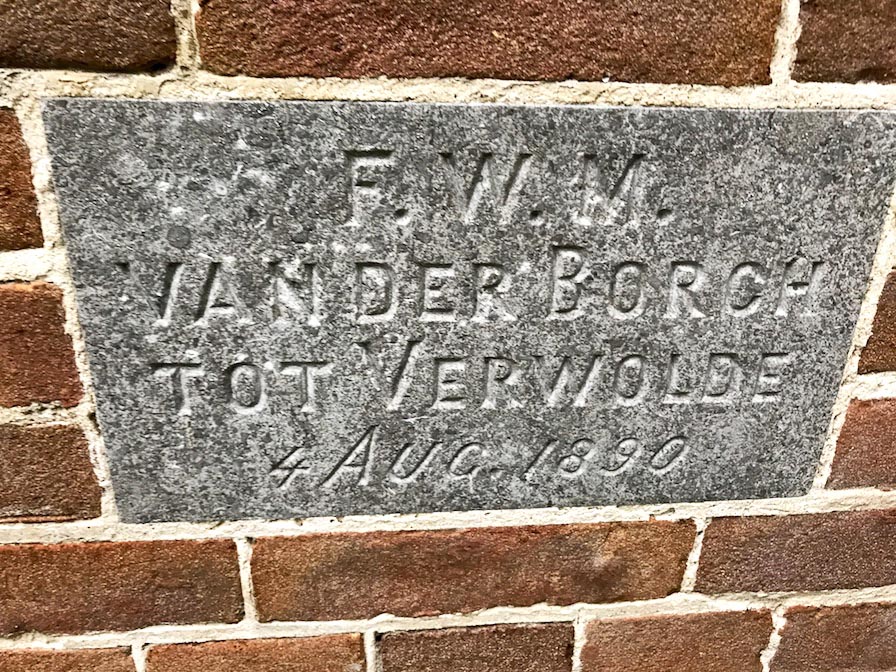
The original stone of the family Verwolde. 
Through the dense garden you can look out on farmlands and fields. 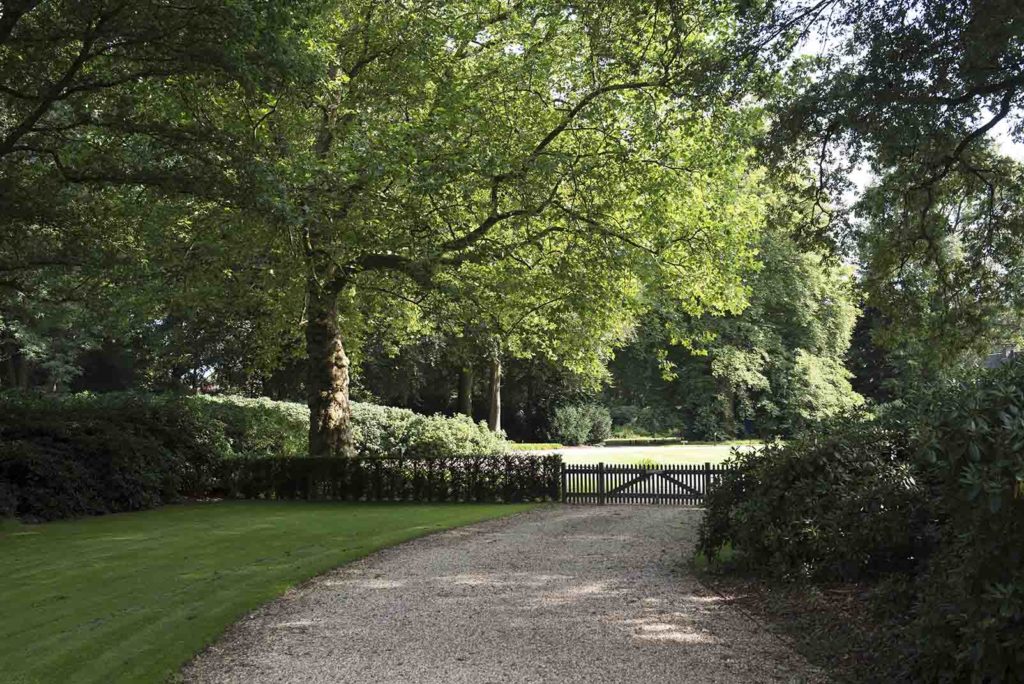
The private driveway.
Family Van der Borch
Around the country house and coach house there is a moat, along which a riding path runs on the outside. It is quite possible that during a walk here you will meet Bella van der Borch with one of her horses. The eldest daughter of Baron Allard Philip Reinier van der Borch (1926-2008) hasn’t lived in the estate house since she was eighteen, where her family lived for two hundred years (1776-1976). She comes from the sixth generation. In the living room of the coach house there is a family picture, with her father standing on the ground as a little boy. After several wanderings, Bella returned to her roots and cultural heritage a few years ago; she lives a stone’s throw away from Verwolde and makes a daily ride outside.
Besides two cousins and aunts, Bella’s younger sister, Julie, can also be found on the estate. Together they maintain and lease part of the farmland and associated houses to dairy farms. Since 2012 Julie runs and manages the Moesgaard and the accompanying tea shop, land (sheep) – good shop and flower garden. We meet her during haymaking with a team of enthusiastic volunteers, the so-called ‘bosmen’ and ‘moesmensen’, who spend a lot of time on the maintenance of the estate. Every weekday, except Thursdays, there are volunteers at work who together maintain about 150 hectares of land. With a sweaty face Julie stompes and rakes the collected hay together on the cart, which is pulled by an antique simmering red tractor. When she refreshes herself a little later, she tells about her family’s activities and background. “In 1976 my father gave up the house and the land within the moat of the estate, because it was no longer workable in terms of maintenance and costs. I was twelve then. We moved to the Hunter’s House, near here. Later, after the death of my parents, I also lived there for a few years. It was quite difficult for my parents in the beginning to leave the castle behind them. I am very happy that I live here and see how well everything is maintained by Stichting Geldersch Landschap & Kastelen. And everyone can enjoy it. I think this is very important, because it ensures a great involvement with the volunteers, as well as with the villagers and of course the day trippers. There is always something to do.”
Hardworking Baroness
Julie van der Borch, like her brother and sister and their children, still bears a noble title, but she only sees it as a formality. “When people know that I live here, they sometimes come out of curiosity to look at the ‘Baroness’, but I don’t really have an offer for that,” she says laughing loudly. The days when there are no volunteers on the floor, Julie runs the tea shop and estate shop herself. With a lot of people walking or visiting the castle, this is sometimes quite a challenge. Sometimes I think, “I have to find a ‘real’ job again, but I find this far too much fun.And it’s rewarding work. Then I don’t have a lot of free time.”
After closing time
Despite the great interest in the castle, where there are guided tours, especially in the summer, you hardly notice it during your stay in the coach house. In fact, after five o’clock the fence literally locks and you have the empire to yourself. This gives you a privileged feeling, because after closing time you can stroll in silence through the richly laid out garden of the country house, walking along the canal, over bridges, enjoying the special trees and the stately avenues. Sitting on the platform we can almost imagine the rich past of the Van der Borch family. In peace and quiet we return to the coach house, open a bottle of wine and settle ourselves in front of the fireplace. Completely satisfied.
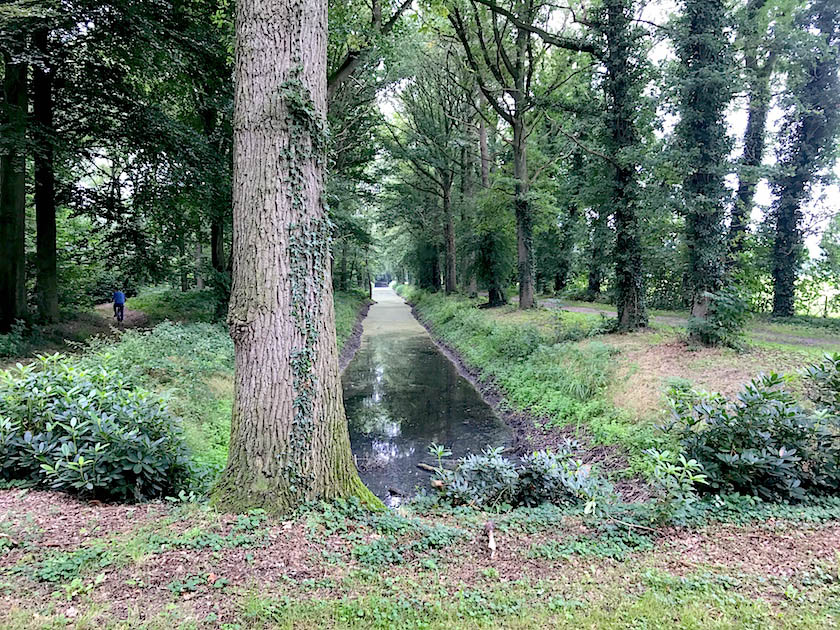
Backround Estate
Huis Verwolde was the result of a collaboration between the owner Frederik Willem van der Borch and the architect Philip Schonck. The latter also worked for Stadholder Willen V. The castle is the first neoclassical house in Gelderland. Remarkable, especially for that time, is that the house was built in only nine months. During the construction period the austere, stately garden was also laid out, in which architect Schonck was also involved. In 1795 a landscaped garden was made, followed in 1926 by the current one, designed by Hugo Poortman. Poortman’s design is clearly inspired by the geometric French style of the seventeenth and eighteenth centuries. In the garden there are pieces with a special ‘tree path’, consisting of a collection of conifers (pinetum) of more than one hundred years old. There is also a judas tree, tulip tree, handkerchief tree and some specimens bear a special name such as Freedom,Equality and Brotherhood. These names refer to the French Revolution and were planted during the Batavian Republic. And of course just outside the gate, in an open spot of the forest, you can find the Thick Tree of Verwolde; the thickest Oak of the Netherlands, with a trunk circumference of 7.70 metres at a height of about 1.30 metres. Finally, there is also an orangery on the estate which is a popular wedding and party location. Events such as music or art exhibitions are also organised.
On the website of the Geldersch Landscape & Castles you can find more information about guided tours and the history of Huis Verwolde. It is possible to visit the house from April to October, for more information and bookings of Koetshuis Verwolde look HERE.
Moesgaard & Landgoedshop
Look HERE for information and opening hours of the Moesgaard by Julie van der Borch. There are regular (workshops and) activities organized, such as a walking dinner and a tasting. A pre-Christmas dinner will be held on 16 December. In the langoedwinkel you can buy products that come directly from the vegetable garden.
Outdoors Holidays
Under the brand Buitenleven Vakanties, Staatsbosbeheer has been renting out holiday homes since 1998. However, the organizations have only since 2014 joined forces with Natuurmonumenten and Landschappen NL, from which the current concept of Buitenleven Vakanties originated. Goal: to bring people closer to nature. The three categories of houses: forester’s houses, outsiders and country houses and castles – will be given a new function. The organisation is also reinvesting their income in the homes and in nature management, such as footpaths and nature education.
The three different types of houses vary from each other because the forester’s houses are situated in the middle of nature, the cosy outsiders often stand on the edge of a small village and are a stone’s throw away from nature, and castles and country houses consist of suites and are surrounded by a park-like environment.



